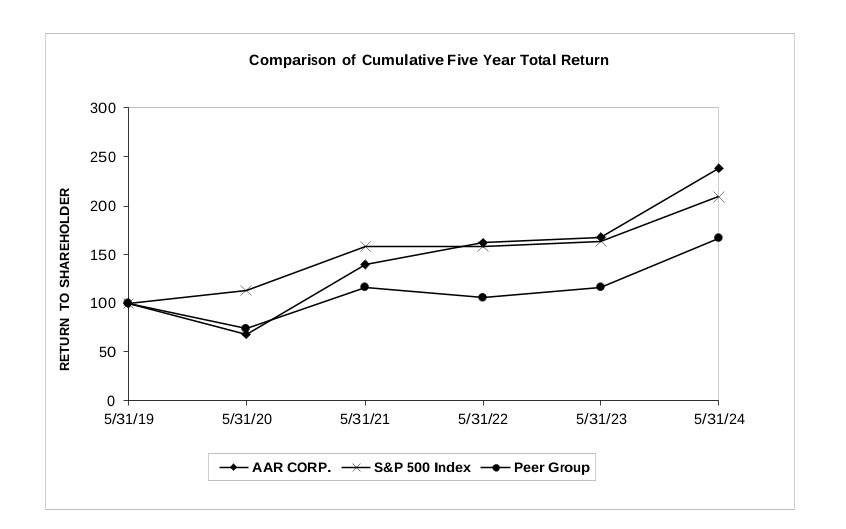Circumstances associated with divestitures could adversely affect our results of operations and financial condition.
We periodically divest or seek to divest certain businesses and investments, including those that are no longer a part of our ongoing strategic plan. A decision to divest or discontinue assets, businesses, products or services may result in asset impairments, including those related to goodwill and other intangible assets, and losses upon disposition, both of which could have adverse effects on our results of operations and financial condition. In addition, sometimes we encounter difficulty in finding buyers or executing alternative exit strategies at acceptable prices and terms in a timely manner. Some prospective buyers may have difficulty obtaining financing. These divestitures may require a significant investment of time and resources, may disrupt our business, and may distract management from other responsibilities. In addition, divestitures tend to involve the retention of certain current or future liabilities in order to induce a buyer to complete a divestiture or otherwise result in losses on disposal or continued financial involvement in the divested business, including through indemnification or other arrangements, for a period of time following the transaction, which could adversely affect our financial results. We may not be successful in managing these or any other significant risks that we may encounter in divesting or discontinuing assets, businesses, products or services, which could have a material adverse effect on our business, results of operations and financial condition.
Market values for our aviation products fluctuate and we may be unable to recover our costs incurred on engines, rotable components and other aircraft parts.
We make a number of assumptions when determining the recoverability of rotable components, engines, and other assets that we sell, lease, make available for lease, or keep to support our long-term programs. These assumptions include historical sales trends, current and expected usage trends, replacement values, current and expected sales and lease rates, residual values, future demand, and future cash flows. Reductions in demand for these assets or declining market values, as well as differences between actual results and the assumptions utilized by us when determining the recoverability of our aircraft, engines, and other assets, could result in impairment charges in future periods, which would adversely affect our results of operations and financial condition. We also face risk in collecting from customers on the sales of parts.
The value of any given aircraft model, or any engine model applicable thereto, can vary significantly based on supply in the marketplace. Certain types of aircraft, engines and other assets may be used in significant numbers by commercial aircraft operators that experience financial difficulties from time to time. If such operators were to go into liquidation or similar proceedings, the resulting over-supply of certain types of aircraft, engines and other assets from these operators could create opportunities for us, but it could also have an adverse effect on the demand for the affected engine and aircraft types and the values of such assets, which may adversely impact our financial condition or results of operations.
Our business could be negatively affected by cyber or other security threats or other disruptions.
Our business depends heavily on information technology and computerized systems to communicate and operate effectively. We store sensitive data including proprietary business information, intellectual property and confidential employee or other personal data on our servers and databases. Our systems and technologies, or those of third parties on which we rely, could fail or become unreliable due to equipment failures, software viruses, cyber threats or cyber incidents, ransomware attacks, employee error or malfeasance, terrorist acts, natural disasters, power or telecommunications failures, political or social unrest, pandemics or other public health issues, or other causes. These threats arise in some cases as a result of our role as a defense contractor. Our customers, including the U.S. Government, are increasingly requiring cybersecurity protections and mandating cybersecurity standards in our products, and we may incur additional cost to comply with such demands.
We have faced and expect to continue to face cyber security threats. Such threats are evolving and include, but are not limited to, malicious software, attempts to gain unauthorized access to our sensitive information (including that of our customers, suppliers, subcontractors and joint venture partners), business e-mail compromises, ransomware attacks, and other electronic security incidents, including at our customers, suppliers, subcontractors, and joint venture partners, that could lead to disruptions in mission critical systems, unauthorized release of confidential or otherwise protected information, and corruption of data. We have employees working remotely at times, which heightens the risk of these potential vulnerabilities.
